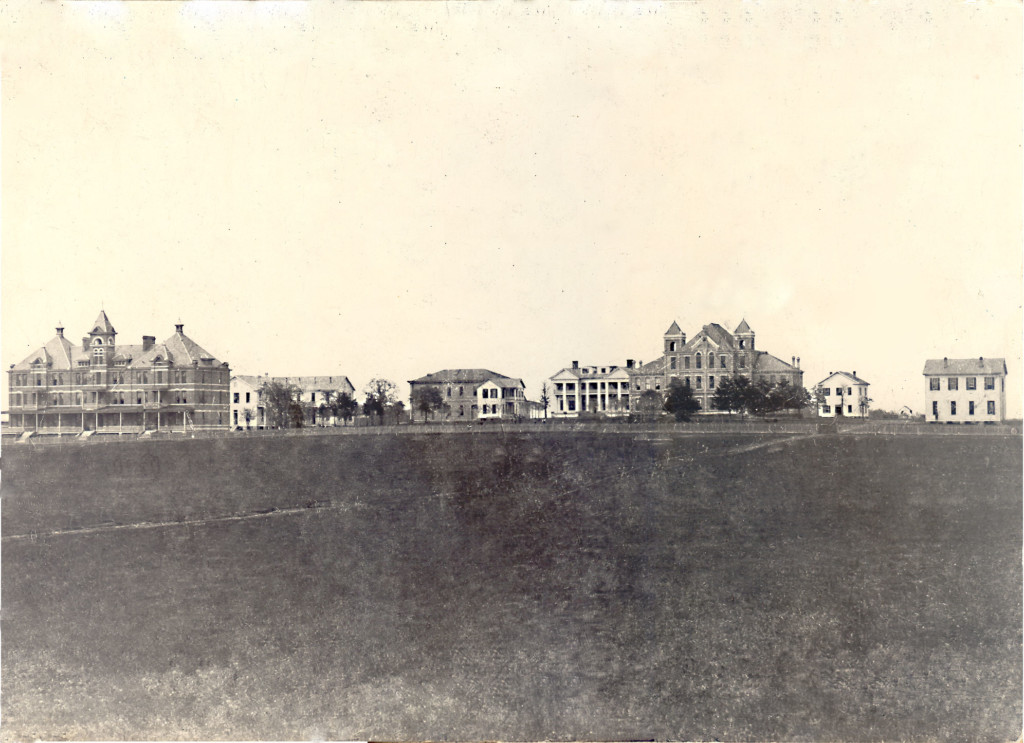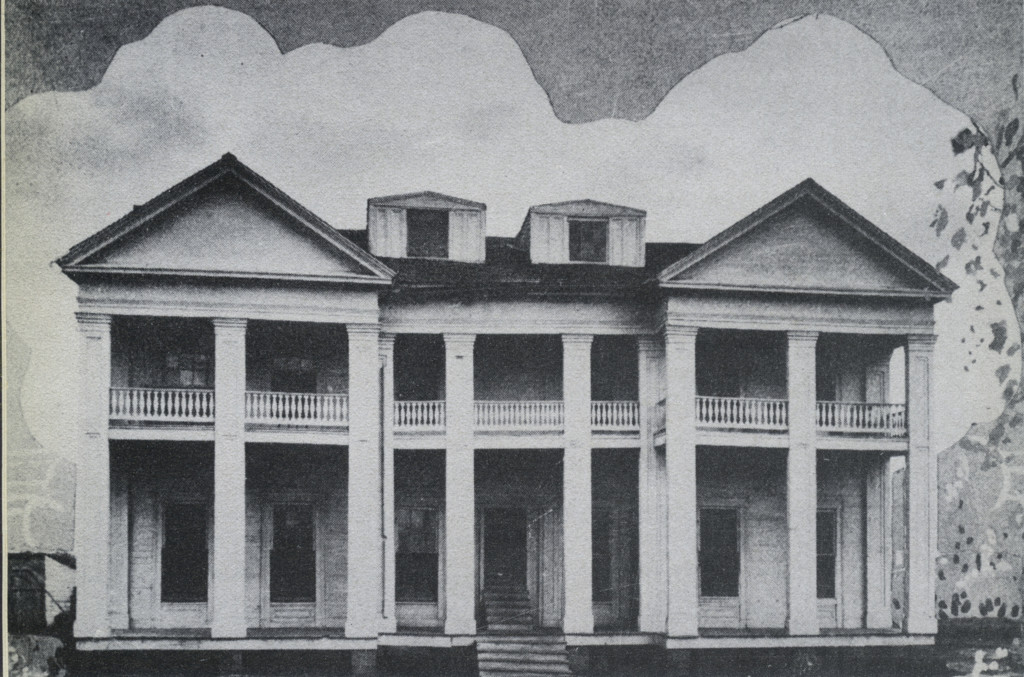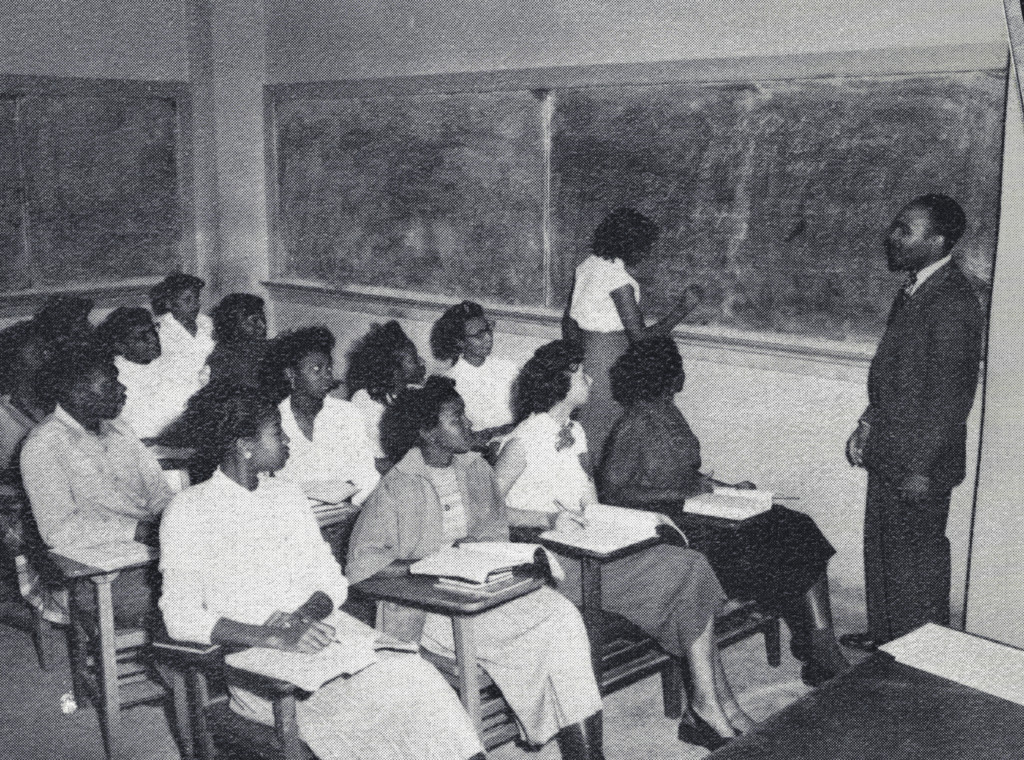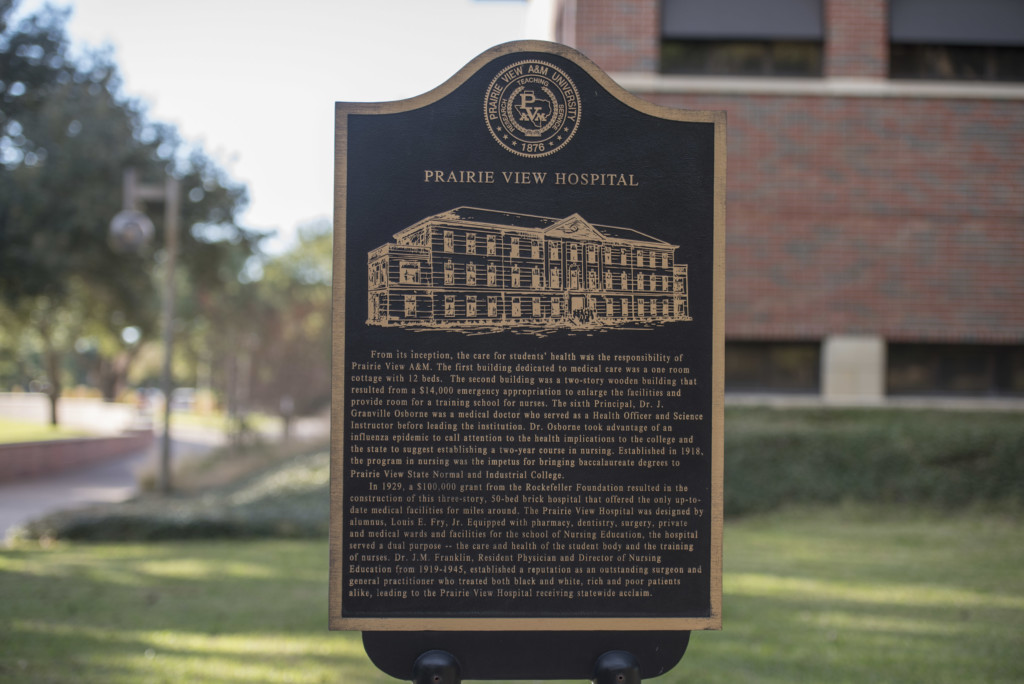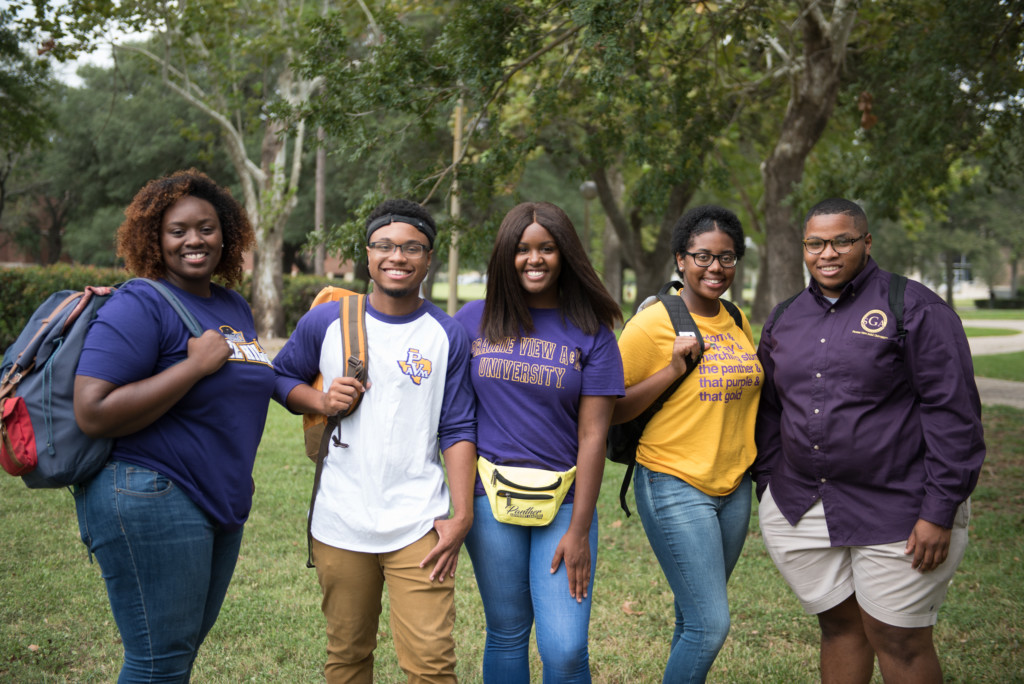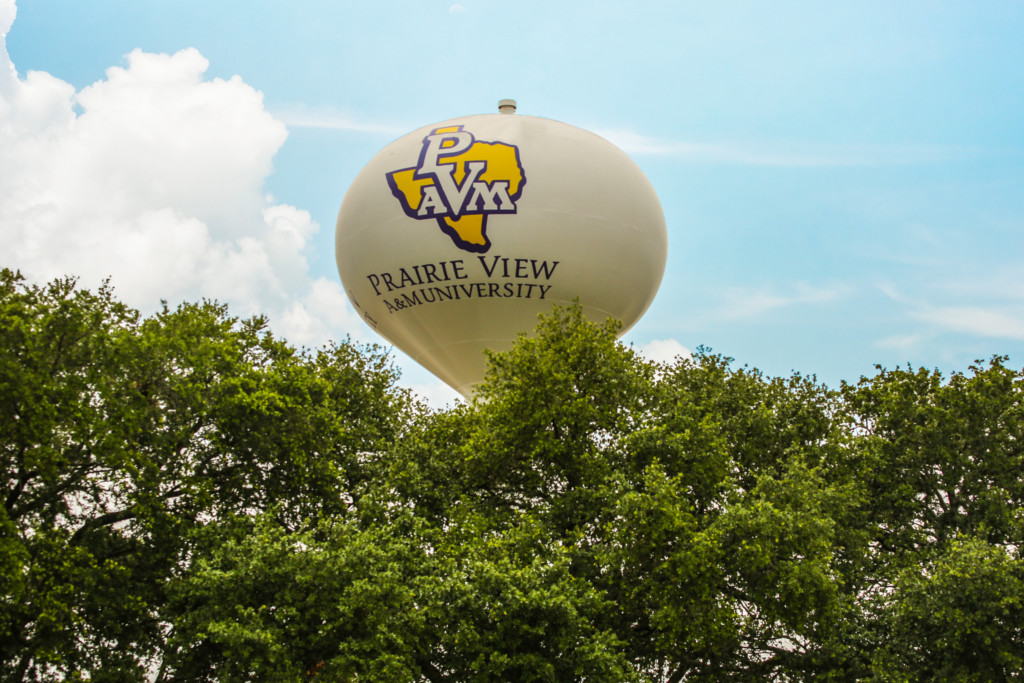PRAIRIE VIEW, Texas (August 14, 2020) – Each year, on August 14, students, faculty, staff, and alumni of Prairie View A&M University (PVAMU) take a day to reflect on the founding of the university.
For geological reference, the campus is tucked in the easternmost rim of the Brazos River Valley. The early Spanish Explorers knew the Brazos River Valley as the “Arms of God.” As you drive into Prairie View from Houston, you cross over a ridgeline that runs from the Gulf Coastal Plains of Texas to the Rocky Mountains. The Prairie View City Hall is located on this ridgeline, which passes through the center of the campus and establishes the boundary line for two great river watersheds. The water to the east drains to the San Jacinto River and the water to the west drain to the Brazos River.
Those who find themselves physically present in the “Arms of God,” and on the grounds of the university, take in the vast Texas skies that frame the ample green space it sits on, remembering what this land once was and what it means today for all those who attend and have attended school here.
The founding day of PVAMU is a day to commemorate the beginning of the first state-supported college in Texas for African Americans and the second oldest state-funded institution of higher education in Texas. It is also a day to remember and reflect the beginning of a journey of perseverance by many men and women who made the university what it is today, said the Honorable Frank D. Jackson, former mayor of Prairie View for 14 years, historian, and PVAMU’s director of Community Affairs.
“We remember the founding fathers of the university,” Jackson said. “But, this day is about the founding of a spirit that can’t be crushed. This marks the beginning of generations of students who wouldn’t give up, even in the face of oppression, racism, and the various phenomenon of this life.”
The university that is now PVAMU was created via state legislation carried by State Senator Matthew Gaines in 1871 and State Representative William H. Holland on August 14, 1876. It began as part of a post-Civil War effort to restructure education in the state of Texas. Both Senator Gaines and Representative Holland were former slaves who, once elected to public office, helped to manifest the dreams of the newly freed African American people, which was providing education for their children. Their actions helped to found the Alta Vista Agricultural & Mechanical College of Texas for Colored Youth when the Texas legislature mandated separate higher education opportunities for African Americans.
Gaines, particularly, as a community leader, minister, and Republican state senator, made valuable contributions towards the establishment of free public education in Texas. Holland was instrumental as well in the legislative process of recognizing PVAMU as an equal institution of higher education and helped sponsor a bill providing for Prairie View State Normal School on April 19, 1879. Holland has been referred to, in many occasions, as the “Father” of Prairie View A&M University.
The university was originally a teaching college, but in 1887, the curriculum was expanded to include agriculture, nursing, arts, sciences, and mechanical arts. The school became a land grant school on March 14, 1890. In 1919, PVAMU began offering baccalaureate degrees, with the first being earned by students majoring in nursing. In 1932, the college started graduate programs in agricultural economics, rural education, agricultural education, school administration and supervision, and rural sociology. In 1973, the name was changed to Prairie View A&M University to better reflect its independent position in the Texas A&M University System.
In the 144 years since its founding, PVAMU has continued to build strong relationships with its fellow public university counterparts in the state, including the University of Texas and Texas A&M University. It has also played an instrumental role in serving students of diverse ethnic and socioeconomic backgrounds as an Historically Black College and University (HBCU).
PVAMU is also a successful research institute and offers more than 8,000 students over 50 undergraduate majors, 37 master’s degree programs, and four doctoral degree programs in programs such as education, electrical engineering, juvenile justice, and clinical adolescent psychology.
Jackson said his experience as a student at PVAMU helped shape his understanding of the importance of the work the university does in serving its student body.
“I wasn’t supposed to go to college; I was one of the kids who were encouraged to attend a trade school. When I graduated high school, I was blessed to have a mother who made sure I knew I had to do my best,” Jackson remembers. “My parents didn’t have money to send me to college. As I filled out forms for financial aid, it was the first time I realized I was poor. But PVAMU took me in without a perfect record. They gave me a shot. I got into the Naval ROTC program and went on to serve in the United States Navy. My experience here at Prairie View A&M University changed my life. I had no idea how ignorant, or deep behind the veil, I was. But no one here laughed at me. They helped lift the veil and enlightened me to the possibilities of a self-determined future. That is the spirit of this university: providing a way out for students who don’t realize who they are or where they are in life.”
Jackson sees himself in many of the students he gets to know.
“As an educator, you learn to approach students and how to talk to them. You might bring them a book, and begin a rapport and friendship with them,” Jackson said. “Then one day, some of them come back, saying, ‘Do you remember me, Mr. Jackson? I was that kid. Now, I’m an engineer. This is my wife and kids.’ The PV experience changes lives. Just like with me, PVAMU puts up with kids who other universities wouldn’t dare put up with.”
Jackson has spent 38 years at PVAMU and has seen the university transition from mud parking lots and torn-up dorms, to what it is now: a vibrant university, committed to diversity, education, and research for all through equality of education.
“Getting to where the university is today from when Gaines and Holland founded it took struggle and people putting it on the line,” Jackson said. “I know there is nothing but good times ahead for PVAMU, but we can’t stop. We must vote; we must learn.”
For Jackson, a community advocate and an educator, his mission is living out the spirit of PVAMU every day, not just on the day it was founded. As a historian, his interest, knowledge, and experience of writing about the men who founded PVAMU (and the history of Texas and its slavery and struggles) necessitates that he pass along this viable information to each student he encounters at PVAMU. This is so they, too, may know and understand the value of history and how it will always propel the university, and them, forward.
“When you look back on history at the time PVAMU was founded, and as slavery ended, it began because of the question, ‘How do you rebuild the South?’ The answer is through education. Southerners were shaping the ideas, but there were teachers who knew they had to operate below the radar. They had to teach their own ideas, knowing their students would go back to where they came from and share that knowledge. These students would educate future generations who came from backgrounds of oppression,” said Jackson. “We keep the door of opportunity open to change lives, even under the face of new oppression. I hope every student at PVAMU learns this history as they reflect on the founding of their school. These kids must know their history.”
###
By Meredith Mohr

